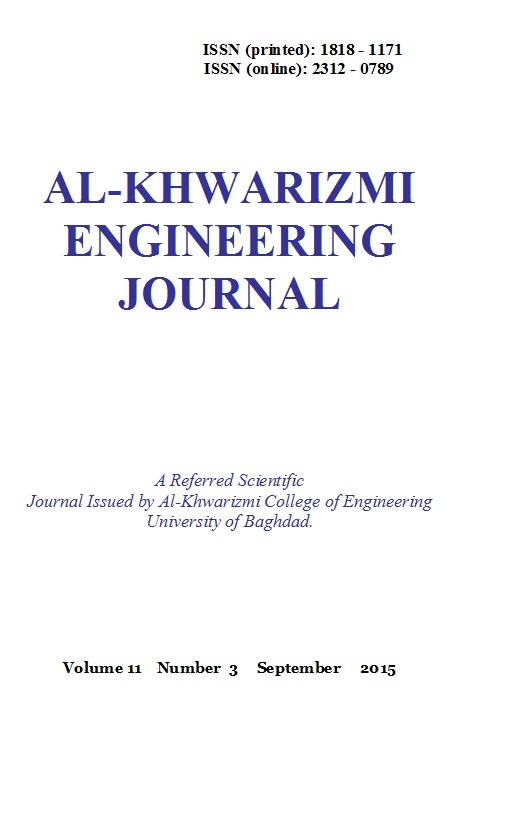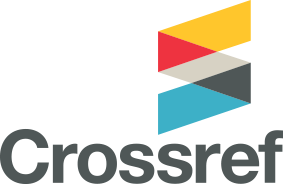Integral Sliding Mode Control Design for Electronic Throttle Valve System
Keywords:
Electronic throttle valve, Nonlinear spring model, Integral sliding mode control, Non-smooth model.Abstract
Abstract
One of the major components in an automobile engine is the throttle valve part. It is used to keep up with emissions and fuel efficiency low. Design a control system to the throttle valve is newly common requirement trend in automotive technology. The non-smoothness nonlinearity in throttle valve model are due to the friction model and the nonlinear spring, the uncertainty in system parameters and non-satisfying the matching condition are the main obstacles when designing a throttle plate controller.
In this work, the theory of the Integral Sliding Mode Control (ISMC) is utilized to design a robust controller for the Electronic Throttle Valve (ETV) system. From the first instant, the electronic throttle valve dynamics is represented by the nominal system model, this model is not affected by system parameters uncertainty and the non-smooth nonlinearities. This is a consequence of applying the integral sliding mode control. The ISMC consists of two part; the first is the nominal control which is used to control the nominal system, while the second is a discontinuous part which is used to eliminate the effects of the parameters uncertainty and the non-smooth nonlinearities from system model. These features for the ISMC are proved mathematically and demonstrated numerically via seven numerical simulations and for different desired trajectories. The simulation results clarify that for different system parameters, the ETV behaves as a nominal system. This enables to freely and precisely select the system response characteristics and the time required for the throttle angle to reach the desired value. Moreover the ability to deal with the chattering problem is demonstrated through the worked simulation tests, where the chattering is eliminated via approximating the signum function by arc tan function.
Keywords: Electronic throttle valve, Nonlinear spring model, Integral sliding mode control, Non-smooth model.
Downloads
Downloads
Published
Issue
Section
License
Copyright: Open Access authors retain the copyrights of their papers, and all open access articles are distributed under the terms of the Creative Commons Attribution License, which permits unrestricted use, distribution, and reproduction in any medium, provided that the original work is properly cited. The use of general descriptive names, trade names, trademarks, and so forth in this publication, even if not specifically identified, does not imply that these names are not protected by the relevant laws and regulations. While the advice and information in this journal are believed to be true and accurate on the date of its going to press, neither the authors, the editors, nor the publisher can accept any legal responsibility for any errors or omissions that may be made. The publisher makes no warranty, express or implied, with respect to the material contained herein.












